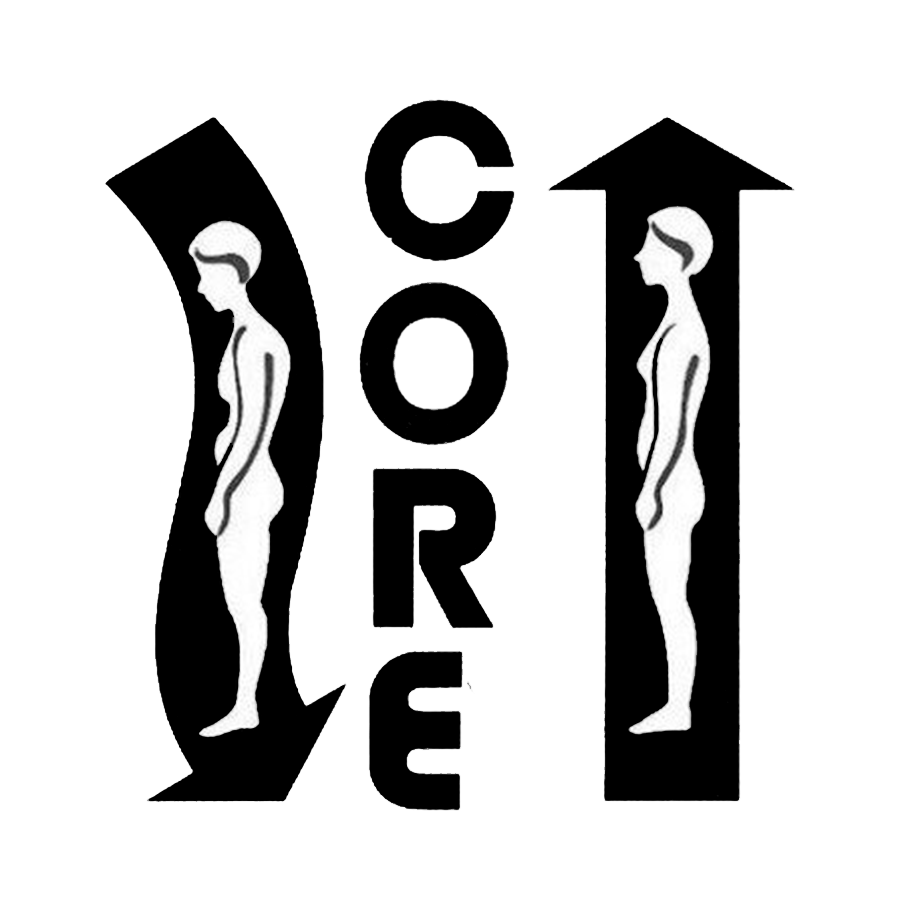I'm sitting in a hotel in Bali, cursing poor internet service, but finishing up a three month trip that's taken me to Greece and its big island Crete; then on to London, Edinburgh, and Brixham in Devon; then to Kuala Lumpur and Miri (Borneo) in Malaysia and Bali in Indonesia. Tomorrow I leave to spend a few days celebrating Christmas with friends before moving on to good old Springfield, MO on 29 Dec. Ready to be home; traveling since 26 Sept!
But it's been great in so many ways. Primarily I'd have to say because student/personal assistant/media queen Elizabeth Buri, my Malaysian connection, has pushed me to learn to spread the gospel of CORE around the world. I've been learning so much from my students all around the globe on this trip. First, from Liz, the concept of getting the word out. I came close to dying last March/April as a result of old plane wreck problems, and coming back has made me determined to spread the word of the work as I see it to good teachers, so that CORE ideas and ideals don't die with me. Liz has been shadowing me for much of the past two years; observing my teaching style, assisting and taking over as needed, and continuing to push me to really understand what I'm trying to leave behind and why.
Credits also to Pam Martin in Edinburgh. While assisting me with a large CORE I group there in November, Pam had two 'aha' moments. The first showed her that she needed to honor my goals for the work as she taught, but that those goals had to come from her center and experience, not mine. Good advice for all my instructors. And the second, possibly most profound realization of the entire trip, and one that I've been preaching since that day, is that I really want students to understand the philosophy of CORE. When they 'get' the 'why' of the work, the 'how' takes care of itself. If one understands how and why this touch is important and different from other touches, the techniques fall into place.
Credit to Chris Mowen, East Grinstead (Sussex?), who is the second person I've certified at Level II instructor (Liz being the first). He's taught me how to incorporate his style into the work I do, in some ways subjugating what he'd like to teach to keep the basic recipe of the work intact, so that students get the classical training. He's also taught me the value of silence, of following the hands and letting the recipe rearrange itself, and the value of presence.
Pentony O'Hagan! Another thanks....Pentony is already operating a school in London, so has been through lots of organizational challenges and is guiding the rest of us in terms of learning how to accredit courses through one of the UK bodies, how to pursue teaching credentials, how to get down to business! In addition, she's one of the quickest studies in terms of the work we're doing, and simply an amazing worker, all while preparing to bring forth her second child! I'm in awe. Every body needs a brain and good hands; she's got both!
Nicola Reed, newest CORE IV certificant in London, and now a Level I Instructor as well. When Nicola began this process several years back, I didn't expect to see her complete. I'm so delighted she both stuck with me through hard spots, but also that she now feels 'she's finally found her family after 25 years of doing the work.'
Richard Rollings in Brixham; I've asked Richard on occasion to become an instructor and am met with a firm 'no'....yet, he's always available to listen, to comment concisely, and to offer good advice. A treasure.
Roxanne Portman in Arkansas...my first US Instructor certificant, soon to be Level II Instructor. Her anatomy skills show me even an old dog can learn new anatomy given a good enough teacher. Excited to have her share her skills with this community.
Robert White in Teesdale, UK, who inspired my/our fourth book, BodyMindCORE Work for the Movement Therapist, and who continues to hold a space for CORE relating to Pilates and physio work, even as he transits from one business to the next.
Carl Dawkins in Jamaica, Naomi Lalonde in Arkansas; soon-to-be Level I Instructors, and eager to take the work forward with their own slants.
Chi, Tamas, James, Jo, Julie, Ong, Lydia, Zul, Nate, and other students on three continents who have challenged me, absorbed me, and wrung me dry, but in such a fulfilling way because I know they 'got' the ideas and their worlds have been changed....and even the students who didn't get me or my ideas, and pushed me therefore to be more effective in my work.
And best of all, first and last, he-whom-I-consider-my-rock, Fran Kehoe, now of Ireland but maintaining business in London: for believing from the first, for shepherding me around England, for providing space, encouragement, advice and love through many years.
Yes, I've learned much from my students; easily as much as they think they've learned from me. I treasure them all, am excited to see where this 'Next Generation' takes the work. I'm feeling weary from the travels, but blessed for having met the fellow travelers.
